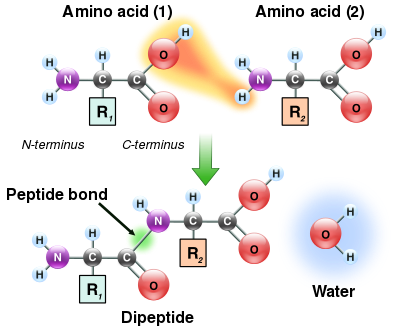Odds are that if you check your purse or wallet right now, you'll find an invention that owes its existence as much to a desire for neatly pressed clothes as a need for portable data storage—the magnetic stripe card.
Conceived by IBM engineer, Forrest Parry, as part of a government security system project, the technique of attaching a strip, or "stripe," of magnetic tape to a card facilitated a revolution in portable, personal data retrieval. Until the advent of the chip-based smart card during the 1980s, the magstripe ruled—from club membership cards, through to phone, credit, and debit bankcards.
Parry had experienced several frustrating failures with trying to fix the magnetic material to the card with adhesive. When a forlorn-looking Parry returned home from the laboratory, his wife, who was ironing at the time, stepped in and suggested she try using the heat of the iron to bond the magstripe
more...
 

